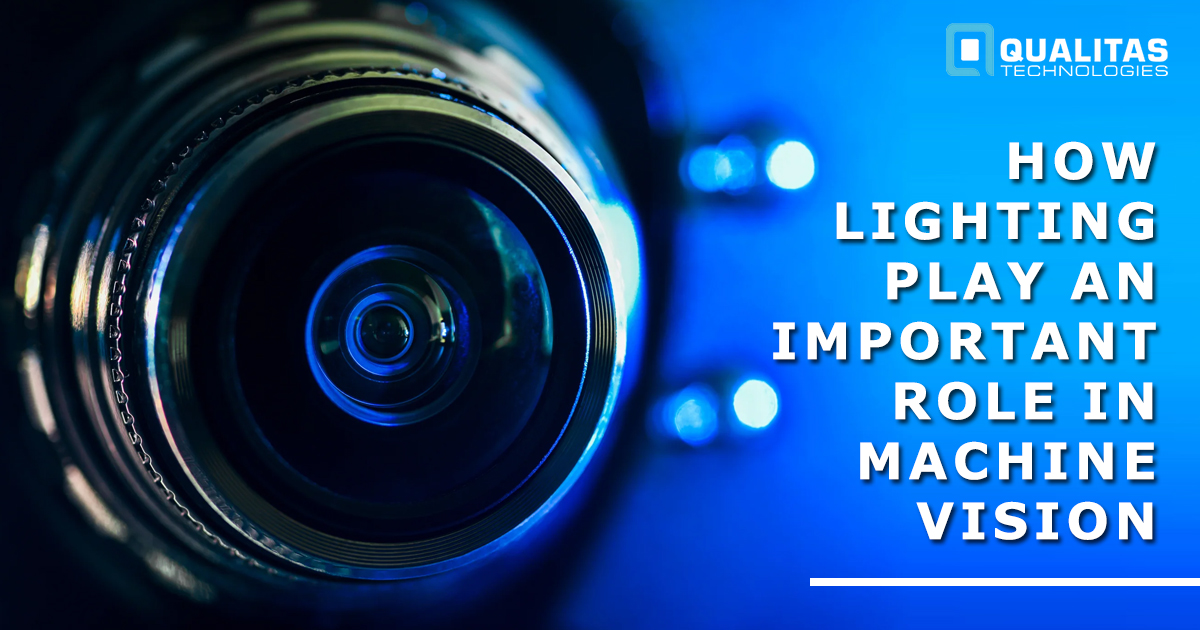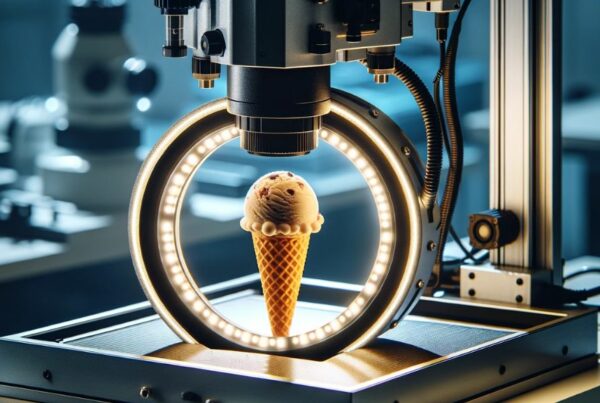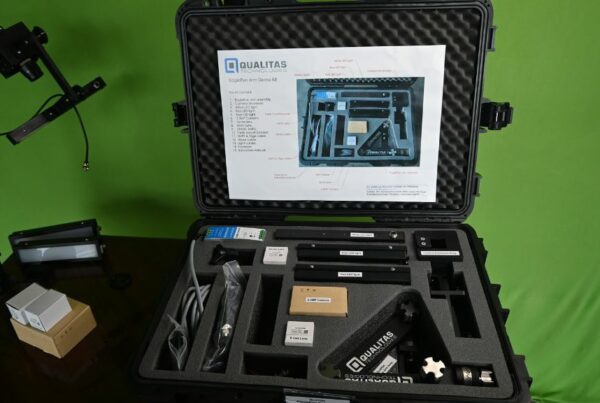
Introduction
Acquiring the right machine vision lighting is often the difference between creating a robust, reliable application and one fraught with inefficiencies and challenges. Since machine vision systems don’t analyze the object itself, but its captured image, it is imperative that the vision system lighting used to inspect the object clearly defines the area of interest. The right machine vision illumination is a critical prerequisite in producing workable and reproducible images.
Images with the wrong contrasts and uneven lighting mean much more effort and are a setback to productivity. It’s like grinding a car with clogged fuel injectors. If the quality and suitability of the machine vision lighting are neglected, cost overruns and delays are inevitable.
Also, Read– How To Choose The Right Lighting For Machine Vision Applications?
The primary goal of an apt machine vision lighting is to fulfill three acceptance criteria consistently:
- Maximize the contrast on the areas of interest
- Minimize the contrasts elsewhere
- Deliver robustness
Since historically machine vision lighting was the last aspect developed or funded, lighting solutions typically included the standard incandescent or fluorescent products. However, with time as the scope of machine vision applications widened, several lighting types like LEDs and techniques like machine vision backlight are emerging steadily.
Types of Machine Vision Lighting Sources
Choosing the right machine vision lighting source is critical to the success of the application. There are four prominent types of illumination sources or types for machine vision lighting, which are the following:
- LED illumination
The LED sources, owing to their wide range of benefits and high popularity, occupy a position above the other types of sources. Its vast range of benefits includes a longer life expectancy, mechanical resilience, durability, easy-to-control facilities, and miniature physical size. Since LED sources bring down the operational costs significantly, they are considered excellent value for money lighting sources. Its light color is not only limited to white but can also be red, green, blue, and even infrared and ultraviolet. LED products are ideal for lighting small products.
- Laser illumination
Laser lights represent high-intensity and focusable beams that can be imaged quite precisely, even over longer distances. The combination of lasers and image processing is used in a wide variety of operations like optical inspection of electronic components.
- Halogen lamps
A halogen lamp is typically a point source in combination with a reflector. It is preferred in industrial image processing when the areas to be illuminated are large like vehicle bodies, etc., or where a lot of light is required. These are not quite prevalent because they have high energy consumption, heat generation, and infrared emissions.
- Fluorescent lamps
Also known as ‘Neon light’, they are based on the concept of discharge tubes. These too, are used quite rarely, to illuminate large areas in industrial machine vision applications. They should always be used with an electronic ballast, to avoid flickering effects in images.
Four Cornerstones of Machine Vision Lighting
The four cornerstones constitute the crucial aspects of machine vision lighting to acquire the requisite contrasts. The four cornerstones are mentioned below:
- Geometry – The dimensional and spatial relationship between the object, light, and camera.
- Pattern – The shape of the light being projected onto the intended object.
- Filters – Differentially obstructing and transmitting light.
- Color and Wavelength – Depends on how and to what extent the emitted light is absorbed and reflected.
Challenges in Choosing The Right Machine Vision Lighting
A ton of parameters needs to be fine-tuned to provide appropriate vision system lighting that meets the three acceptance criteria simultaneously. For more convenient comprehension, I have divided the challenges to picking the ideal machine vision illumination into two categories:
- Caused by light
A light’s age, its position, its temperature, and the stability of its power supply can directly impact the machine vision camera’s performance. Brightness is another critical factor. A low-light imaging setup will lead to increased computing cycles, reducing the vision system’s efficiency. The wavelength of the emitted light, its suitability, and interaction with the object is also to be adequate consideration while choosing the apt lighting for machine vision.
- Others
It’s of critical importance to ensure that optimal rays are being collected by the lens while the suboptimal rays are not. The light that falls outside the lens’s field of view results in glare and reduced image contrasts. Some other challenges not caused by the light are changes in ambient light and synchronization between the lighting and the camera.
Also, Read– Understanding Camera Sensors for Machine Vision Applications
Selecting the Perfect Lighting for Machine Vision
Over the last few decades since machine vision’s inception, several “canned” vision system lighting arrangements have been created that are appropriate for a vast range of applications and have been deployed in several industries. Nevertheless, for choosing the perfect lighting solution for your machine vision applications, it is essential to consider the application, appearance variables, specular issues as well as the effect of lighting sources and illumination techniques to achieve optimal image consistency. Scrutinizing over the following questions will help you acquire an apt machine vision lighting solution:
- How large is the field of view and your intended object?
- How far will the object be from the camera and lighting?
- Which lighting source and what quantity of light will be appropriate?
- How do the inspection features appear, and which lighting technique detects them best?
- What surface characteristics does the object have?
- Which light color will be suitable for your vision system lighting? White, red, blue? IR or UV radiation?
Also, Read– Choosing The Correct Lens For a Machine Vision Project
Conclusion
No matter the level of machine vision illumination analysis, there is often no substitute for actual testing with multiple lighting types and techniques on the bench, and then actual floor implementation. This might help you arrive at an optimal lighting solution that fits in with the intended cost, efficiency, and application.
Register For Our Upcoming Free Webinar





